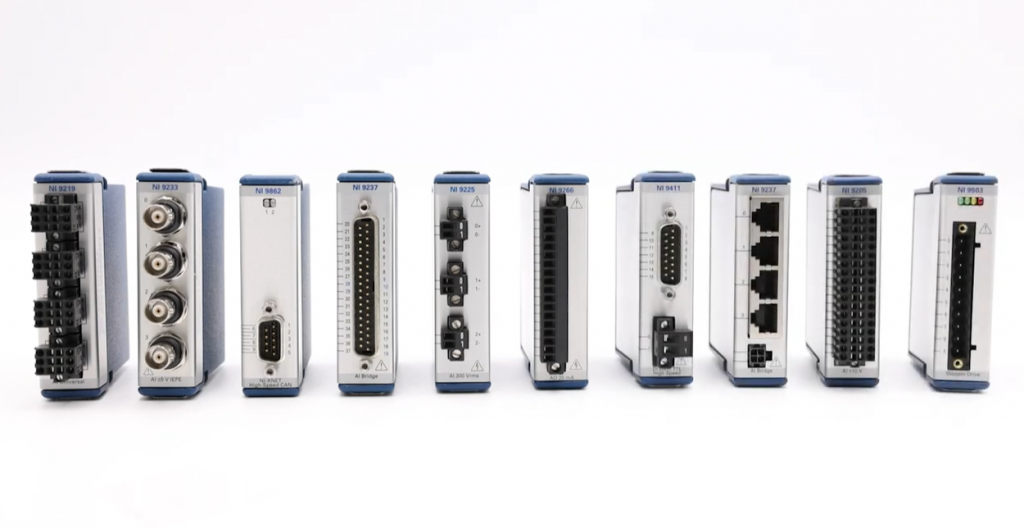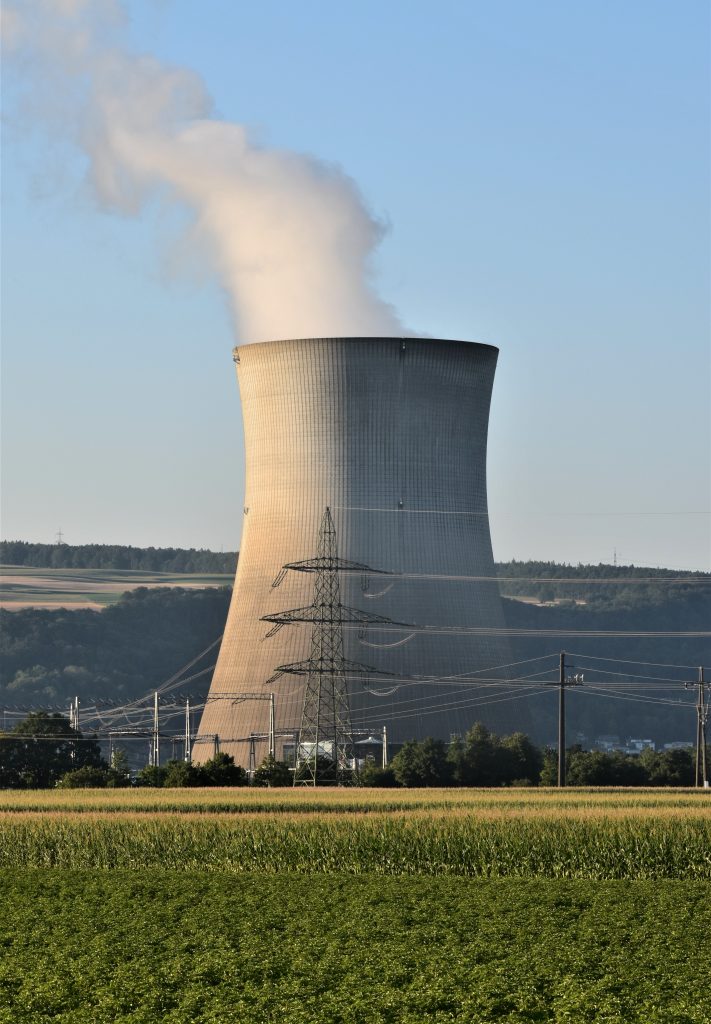In the quest for safer and more efficient nuclear decommissioning processes, engineers push the boundaries of robotics to develop cutting-edge solutions that could withstand the harshest environments. One remarkable creation to emerge from this effort was the ModuMan 100 – a modular robotic manipulator designed to tackle remote handling tasks in hazardous nuclear decommissioning applications. In this blog post, we delve into the fascinating case study of the ModuMan 100 and explore how it revolutionized the future of nuclear decommissioning.
The Challenge
Nuclear decommissioning is a formidable task that requires remote handling techniques to protect human operators from highly radioactive environments. A team from Glasgow-based James Fisher Nuclear Ltd (JFN), armed with decades of nuclear expertise, recognized the need for an innovative solution that could perform multiple remote tasks while remaining cost-effective.
The Solution
Enter the ModuMan 100 – an engineering marvel tailored for nuclear decommissioning. Equipped with six degrees of freedom, a 2.3-meter reach, and a hefty 100 kg payload capacity, this robotic manipulator is a powerful workhorse designed to handle the most demanding decommissioning operations. Its modular design allows for versatility and ease of maintenance, making it the perfect choice for the nuclear industry.

Developing a robust and reliable system was paramount for the ModuMan 100. To achieve this, JFN employed NI CompactRIO hardware and the NI LabVIEW system design software. The CompactRIO platform provided the necessary ruggedness and scalability, while its FPGA capabilities ensured that safety-critical tasks were executed efficiently. The controller used was a cRIO-9024, along with a cRIO-9118 chassis. The NI-9239 module provided the analog input, while the NI-9263 module provided the analog output. The system also utilized the NI-9425 sinking digital input module, the bidirectional NI-9401 digital I/O module, and the 8-channel NI-9485 relay module.
Taking advantage of the LabVIEW Robotics Module, engineers efficiently implemented the kinematics for the ModuMan 100, enabling users to command its end effector with multijoint resolved motion control. This fine-tuned control minimized the risk of collisions and enhanced movement accuracy, making the robotic manipulator a safe and precise tool.
Safety was embedded into every aspect of the ModuMan 100‘s design. The hydraulic system and electric motors could be locked out instantly to halt any motion, should the need arise. The system featured watchdogs to continuously monitor communication paths, ensuring prompt detection of any issues or loss of communication. Comprehensive fault analysis further enhanced safety, providing real-time feedback on hardware and software-defined faults for efficient post-failure investigation.

To facilitate seamless operation, the ModuMan 100 incorporates an intuitive user interface. Operators controlled the manipulator using two 3-axis joysticks, granting them proportional control over each joint. Additionally, a NI TPC-2512 touch panel presented crucial data, such as joint angles, end effector position, and fault analysis. The touch panel also boasted a teach-and-repeat function, allowing operators to program and replay paths with impressive 5 mm accuracy at the end effector.
One of the standout advantages of the NI platform was its rapid development capabilities. The ModuMan 100 project significantly reduced development time thanks to CompactRIO’s rugged and reliable stand-alone platform. Additionally, access to NI Alliance Partners, like Key Engineering Solutions, offered crucial support in architecting and commissioning the software, resulting in an optimized and cost-effective product.
The ModuMan 100 remains a testament to the remarkable progress made in the field of robotics for nuclear decommissioning. Armed with unparalleled versatility, reliability, and safety features, this robotic manipulator helped redefine the landscape of remote handling in hazardous environments. As it underwent rigorous testing and real-world trials, it was evident that the ModuMan 100 was set to play a pivotal role in solving nuclear decommissioning challenges across the globe.
The original case study referenced in this post was published in 2014 and was co-authored by Dr. Carwyn Jones, Dr. David Keeling, and Justin Gallagher.







